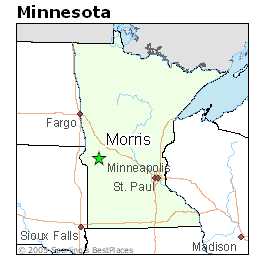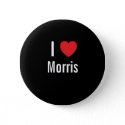I was scanning the sports section at McDonald's this morning and realized the baseball All-Star Game had been played. The article emphasized the very low TV ratings the game got.
All-star games aren't the spectacle they once were. It's because of overexposure (or saturation). Watching the best players of the game on a single evening doesn't bring the same kind of thrill as in the boomers' youth.
We got to see the Minnesota Twins on a pretty regular basis. What we might easily forget is that a lot of those telecasts were mediocre by today's standards. We couldn't assume there would be a center field camera position. Such a position enables you to see the pitcher from behind (zooming in naturally). It's the only way to really appreciate major league baseball on TV. It's a given today.
So is the presence in the booth of broadcasters who give a thorough and sophisticated analysis of what's going on. Today's televised games assume the audience has a well-developed grasp of baseball.
In the boomers' youth, there would be a lot of vacuous banter supplied by the likes of Halsey Hall, who we all loved for sure, but it was a style appealing to a lot of casual observers - a broad audience not attuned (necessarily) to the fine points of the game.
Herb Carneal described the games in an endless workmanlike way. Poor Herb stayed at the dance too long. It seems to be a common pitfall of people involved in (and with) big-time sports. They can't walk away.
The All-Star Game was cause for circling a date on the calendar when I was a kid. I remember persuading the family to arrange a trip to visit relatives so I could get excused from an evening marching band rehearsal, as a way to get free to watch the All-Star Game. I watched that game on the tube in Glenwood. It was the year Reggie Jackson hit that long home run in Detroit.
We were thrilled by the All-Star Game because we couldn't see a lot of these players very often. It was the days of the "big 3" television networks. Not that there weren't more channels than that, but it was a whole different media ecosystem.
We'd read about players like Pete Rose, Carl Yastrzemski and Juan Marichal. But our best hope for seeing these guys, really, was on NBC's "Game of the Week" with Curt Gowdy and Tony Kubek. That and the All-Star Game, or of course the World Series in October.
I still remember the theme music NBC used at the start of each World Series telecast. Years later the music to open Monday Night football created a similar thrill among fans.
If the Game of the Week billed an upcoming matchup involving the Pittsburgh Pirates, we knew we could see Roberto Clemente and Willie Stargell.
The problem with the Game of the Week was that it was in fact just one game in a week involving just two of the 20 (and later more) major league teams. I always felt NBC (under Gowdy's influence?) had a bias toward showing the Boston Red Sox.
The American League then never seemed as exciting as the National. An aura of fascination always surrounded the National League because those teams never played the Twins. There was some marketing sense behind all this. Scarcity (or the perception of scarcity) is an important element in marketing. This is a big reason why the creative community tried to push SOPA and PIPA into law. They lost on that.
We began to see a revolution in television when Ted Turner's Superstation enabled us to see the Atlanta Braves on a regular basis. The Braves went through a phase of being "America's Team." (I borrowed that term one year to describe the Hancock girls basketball team, in the print media, and probably caused some gnashing of teeth among Morris people).
Out of the blue we could watch Ralph Garr, nicknamed "Road Runner III," do his thing for the Braves on TV. These guys weren't just names in the paper anymore, not just names in the stat listing in the Sunday Star Tribune.
More and more we could see these guys on TV and eventually just take it for granted like kids do today. So the All-Star Game today seems a yawner. There seems no need for it. It comes and goes and I'm not aware.
Change seems the only constant. So I'm not sure it's wise to plan a new Vikings stadium that won't open until 2016. A lot can happen between now and then.
- Brian Williams - morris mn minnesota - bwilly73@yahoo.com























No comments:
Post a Comment